Who cares about hay? Not a lot of people. But I can tell you that farmers and ranchers care a great deal about hay. Driving through certain parts of the US countryside in the summer, you’ll see fields covered in bales of hay. If you’re lucky you might even see the hay being cut and baled.
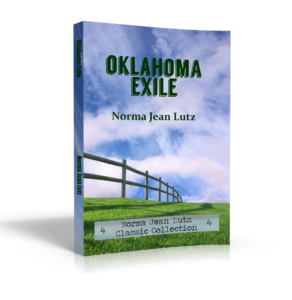
Lessons Learned
In my novel Oklahoma Exile, hay definitely plays a big part in the story. The main character, Serena Iverson, has been exiled to Oklahoma to live with her farmer relatives while her younger brother Kris is undergoing rehabilitation after his accident. She learns a lot about farming during her summer there. One lesson has to do with how quickly a fire can spread in a field of hay stubble. (You’ll have to read the book to find out more.)
Hay Festival
Hay is so important, in fact, that the fictional town of Big Mound, OK, holds a Hay Festival each summer. So what exactly is hay?
In the summertime, the pasture grass grows faster than the cattle can eat it. The grass is then mowed, raked into windrows, and baled. This stored hay is rather like food preservation in your kitchen—it’s put up for future use, to feed livestock either in the winter or during a severe drought.
Hay or Straw?
People often confuse hay and straw. Straw is the stems of grasses such as wheat or oats after the harvest. It has no nutritional value and is used for mainly for bedding for livestock. Hay, on the other hand is full of nutrition, and provides an excellent food for grazing animals.
Haystacks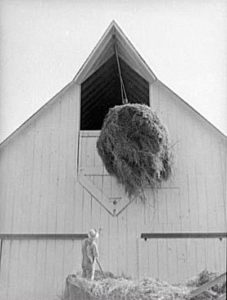
My grandfather, who farmed in Kansas, put hay up into haystacks. Now that’s backbreaking work. Some of the hay was piled into the haymow (or some call it the hayloft) in the top of the big barn. This photo shows what it looks like as loose hay was lifted into the haymow.
By the time I came along and was playing in that haymow, the hay was no longer loose, but was baled into square bales and stacked. To this day I love the smell of alfalfa which whisks me back in my memories to my Grandpa Carlat’s barn.
Square Bales or Round Bales?
The days of square bales are almost over. Now the round bales have become more popular. The greatest benefit of round bales is that they can be left out all year, which means no need for storage in a barn. They’re almost like a mini haystack and do well in warding off the elements. There’s more hay in each bale, which means less labor.
This how a hayfield looked when I was growing up in Kansas. Notice the young guy driving the tractor. That was typical on most any farm. They started young
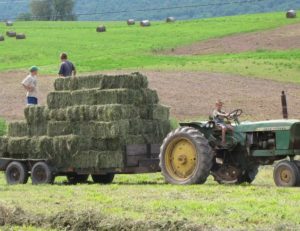
This is what a hayfield looks like today. Large round bales rather than smaller square bales. No need for a team of workers; no need for a storage barn.
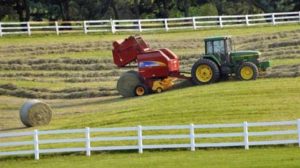
I love hayfield scenes like the one in the photo below. This is at my Texas “getaway.” I could gaze at it for hours. And I often do!
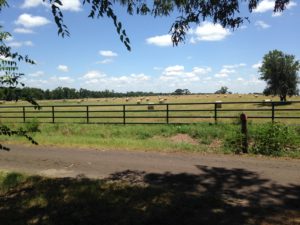
![]()
PS: You can read Chapter 1 of Oklahoma Exile. Click HERE. Instant free download!
![]()




 Flynn McGarry wanted to cook. Even though he was only ten, he began practicing cooking after school. He started with simple dishes at first, cooking for a few of his mother’s friends.
Flynn McGarry wanted to cook. Even though he was only ten, he began practicing cooking after school. He started with simple dishes at first, cooking for a few of his mother’s friends.